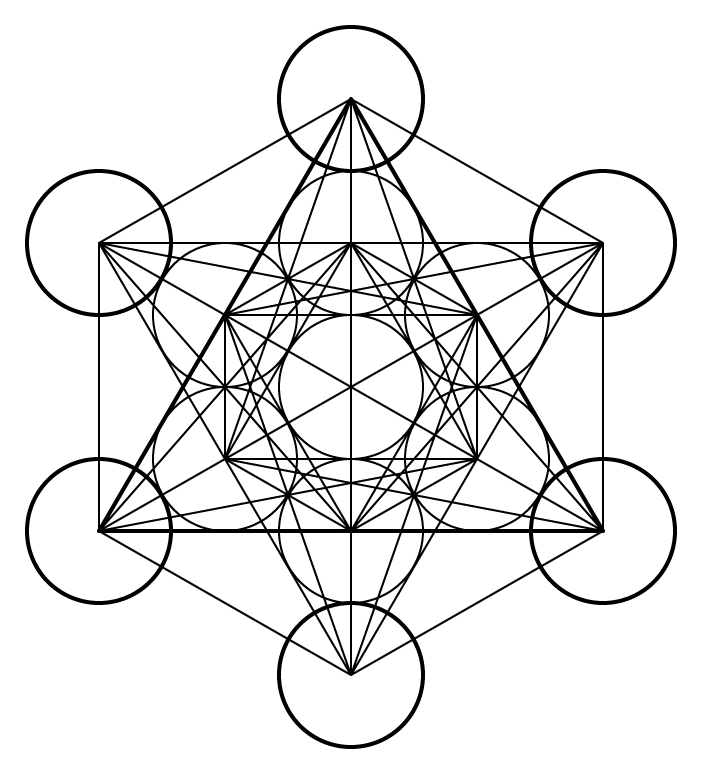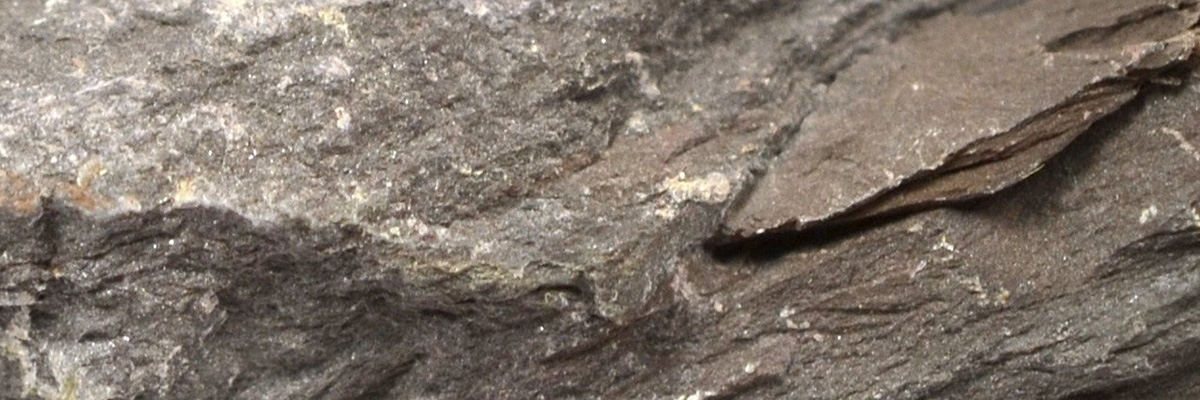Hornfels is a non-foliated metamorphic rock characterized by its fine-grained, dense, and hard texture. This rock type forms under high-pressure and moderate-temperature conditions during the metamorphism of pre-existing sedimentary or igneous rocks. The appearance of hornfels can vary, but it is commonly dark and fine-grained, with a distinctively compact and granular texture.
Mineral Makeup
The mineral makeup of hornfels is highly variable and depends on the composition of its parent rock. Common minerals found in hornfels include quartz, feldspar, biotite, andalusite, and cordierite. The specific mineral assemblage of hornfels is largely controlled by the temperature and pressure conditions during metamorphism, as well as the chemical composition of the original rock.
Origin
Hornfels forms through the process of contact metamorphism when a pre-existing rock, such as shale or basalt, is subjected to high-pressure and moderate-temperature conditions. This typically occurs when the rock is in close proximity to an intrusive igneous body, such as a pluton or magma chamber. The heat and pressure from the intrusion cause the minerals within the parent rock to recrystallize, forming the dense, fine-grained texture characteristic of hornfels.
Occurrence
Hornfels can be found worldwide in regions with significant igneous activity, particularly near intrusive igneous bodies. Notable occurrences of hornfels can be found in the Scottish Highlands, the Harz Mountains of Germany, and the Appalachian Mountains in the eastern United States.
Metaphysical
Hornfels is believed to possess various metaphysical properties, including grounding, protection, and resilience. It is thought to help individuals connect with the Earth’s energy, providing a sense of stability and support during challenging times. Hornfels is also said to promote inner strength and perseverance, helping individuals face difficult situations with determination and courage.
| Class | Metamorphic (Non-foliated) |
| Mineral Makeup | Variable, depending on the parent rock (commonly quartz, feldspar, biotite, andalusite, and cordierite) |
| Luster | Vitreous to dull |
| Hardness (Mohs) | 5-7 |
| Streak | White or colorless |
| Color | Dark, variable depending on mineral composition |
| Cleavage | None, due to its granular texture |
| Specific Gravity | 2.5 to 3.0 |


